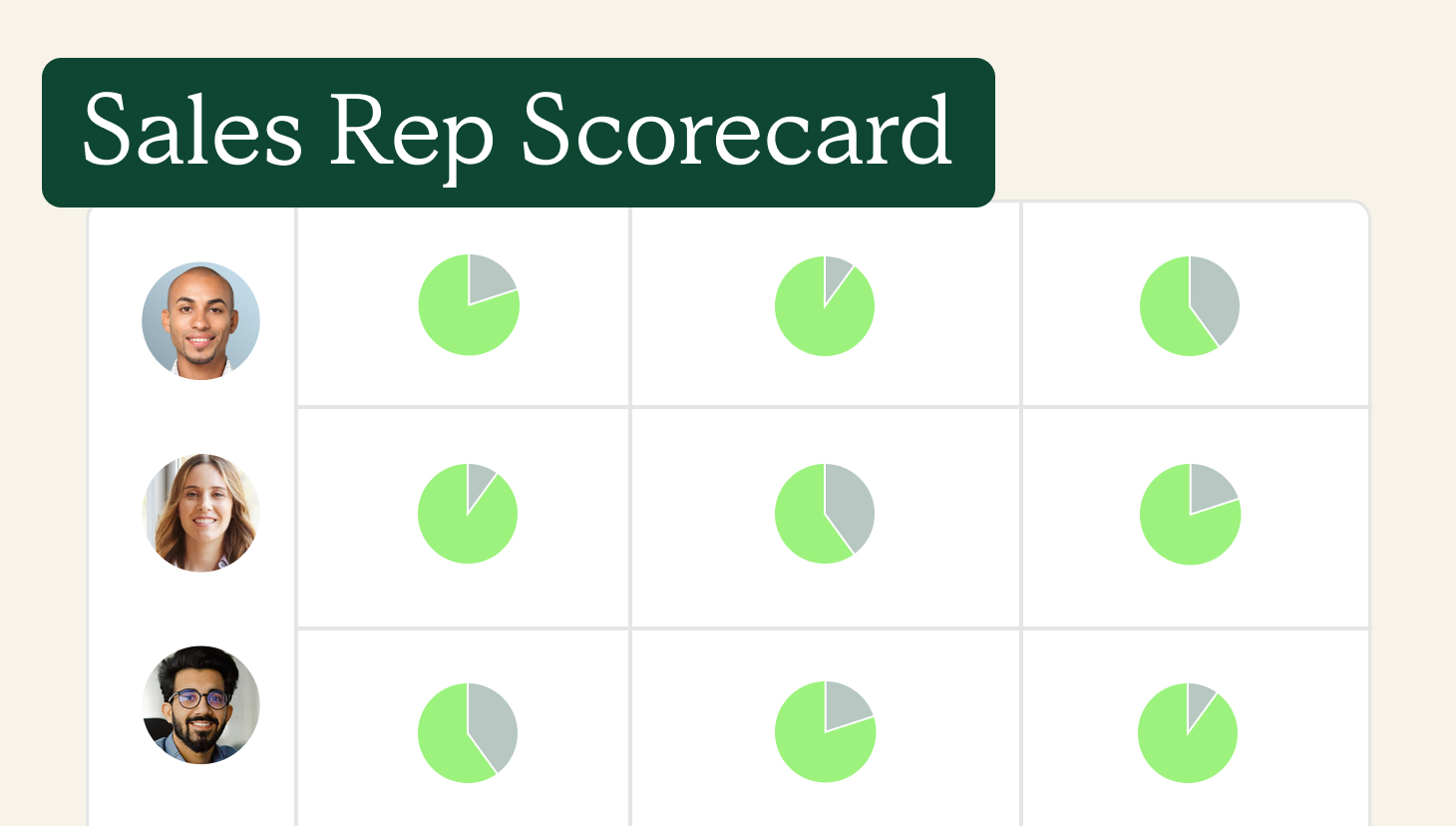According to David Cichelli, Alexander Group’s Revenue Growth Advisor, “90 percent of companies make some changes to their compensation plans each year.”
There are several reasons for these adjustments, including market shifts and the need to revise initial plans mid-year due to changes in financial projections, which is particularly common in smaller companies.
Additionally, challenges associated with scaling, such as entering new territories, launching new products, or increasing headcount, often necessitate comp plan modifications. Furthermore, startups undergoing a stage shift may find it necessary to reshape compensation plans based on actual deal data rather than relying solely on model plans from other similar companies.
That leaves 10% of companies that withhold making changes, often due to concerns about potential disruption, the complexity of plan design, and resource constraints. However, leaving plans as is puts them at risk for misaligned sales incentives, loss of rep talent who leave due to unrealistic goals, and halting new business as reps lose motivation to sell.
This is a real problem, with 65% of companies reportedly losing at least one salesperson due to disputes or confusion around commission structures and only 28% of reps expected to hit full quota attainment. Hence, monitoring your sales compensation plans and looking for any signals that could indicate mid-year changes is essential.
In this blog, we share three key signals your sales compensation plan needs updating and how to address them.
Let’s get started.
Learning Center
Check out our free Learning Center for helpful articles for first-time comp plan builders through advanced compentsation strategy.
Take Me to Learning CenterKey Signs to Watch For
Below is an overview of the signs, why they’re a concern, potential causes, and how to address them.
1st Signal: Low Attainment
Why It’s a Concern:
Consistently low attainment often suggests unrealistic expectations and poor alignment with organizational goals. Such expectations can demotivate reps, while misaligned plans fail to help prioritize crucial deals. This may explain why only 28% of reps meet their quota.
Potential Causes:
Unrealistic quotas have often not been adjusted to reflect changing market conditions or aligned effectively with business objectives. Consequently, they do not adequately incentivize key behaviors such as prospecting, upselling, or long-term client retention to drive business goals.
What to Do:
To address low attainment, analyze data by role, team, and territory to identify gaps. Use benchmark data and adjust quotas to set achievable goals linked to compensation plans. Additionally, implementing accelerators or tiered incentives enhances motivation and alignment with team capabilities.
Frequent Commission Disputes or Questions
Why It’s a Concern:
Disputes or confusion around commissions indicates that reps don’t understand how they earn commissions. This erodes trust between reps and leadership while demotivating and frustrating sales reps and damaging morale. Our research revealed that 65% of companies have lost at least one salesperson due to commission-related disputes.
Potential Causes:
Overly complex compensation structures are a significant cause of confusion and disputes. These plans typically include too many elements, making it difficult for reps to understand how they earn commissions. Additionally, a lack of transparency or poor communication about how commissions are calculated is another contributing factor.
What to Do:
Reduce commission disputes or questions by simplifying commission structures for clarity and transparency by limiting the number of components per plan, such as accelerators, standard commission rates, and a bonus.
Invest in tools like commission tracking software to give reps real-time visibility into their earnings. This helps sales reps understand how they earn and track their progress toward goals and milestones, boosting their motivation.
Provide ongoing training to ensure reps understand the mechanics of their compensation plan.
Future Scaling Plans
Why It’s a Concern:
Growth creates new dynamics that existing compensation plans may not address, such as expanding territories, adding products, or increasing headcount. Misaligned plans during scaling can lead to inequities, unmotivated reps, and poor team performance.
Potential Causes:
Territory overlaps or uneven distribution of opportunities as headcount increases require comp plan updates. Brand new teams or roles that inherit a pre-existing comp plan based on previous data unrelated to the new team’s cause plans to become outdated. Incentive plans not adapted to new sales motions like product-led growth (PLG) or product expansions won’t motivate the right behaviors.
What to Do:
Reassess quotas, territory allocations, and earning potential in light of growth. Adjust compensation plans to reflect team expansion and market focus changes. Use historical deal data to refine commission structures rather than relying on assumptions or competitor benchmarks.
Streamline commissions for your RevOps, Finance, and Sales teams
Design, track, and manage variable incentives with QuotaPath. Give your RevOps, finance, and sales teams transparency into sales compensation.
Talk to SalesImplement Routine Compensation Plan Adjustments
Businesses must remain vigilant in monitoring the effectiveness of their sales compensation plans.
Low attainment, commission disputes, and scaling challenges clearly signal that your compensation strategy may need an update. These issues can harm sales morale, hinder productivity, and create unnecessary friction between teams and leadership.
To address these challenges, conduct proactive reviews and prepare to make adjustments.
Compensation plans should align with organizational goals, cater to the evolving needs of the sales team, and adapt to changing market conditions. Regularly reassessing and refining compensation structures helps to maintain motivation, retain top talent, and drive sustainable growth in an ever-changing business landscape.
Evaluate your current plans and seek expert guidance via QuotaPath, leveraging its ability to allow and accommodate mid-year changes. Schedule time with a team member today.



